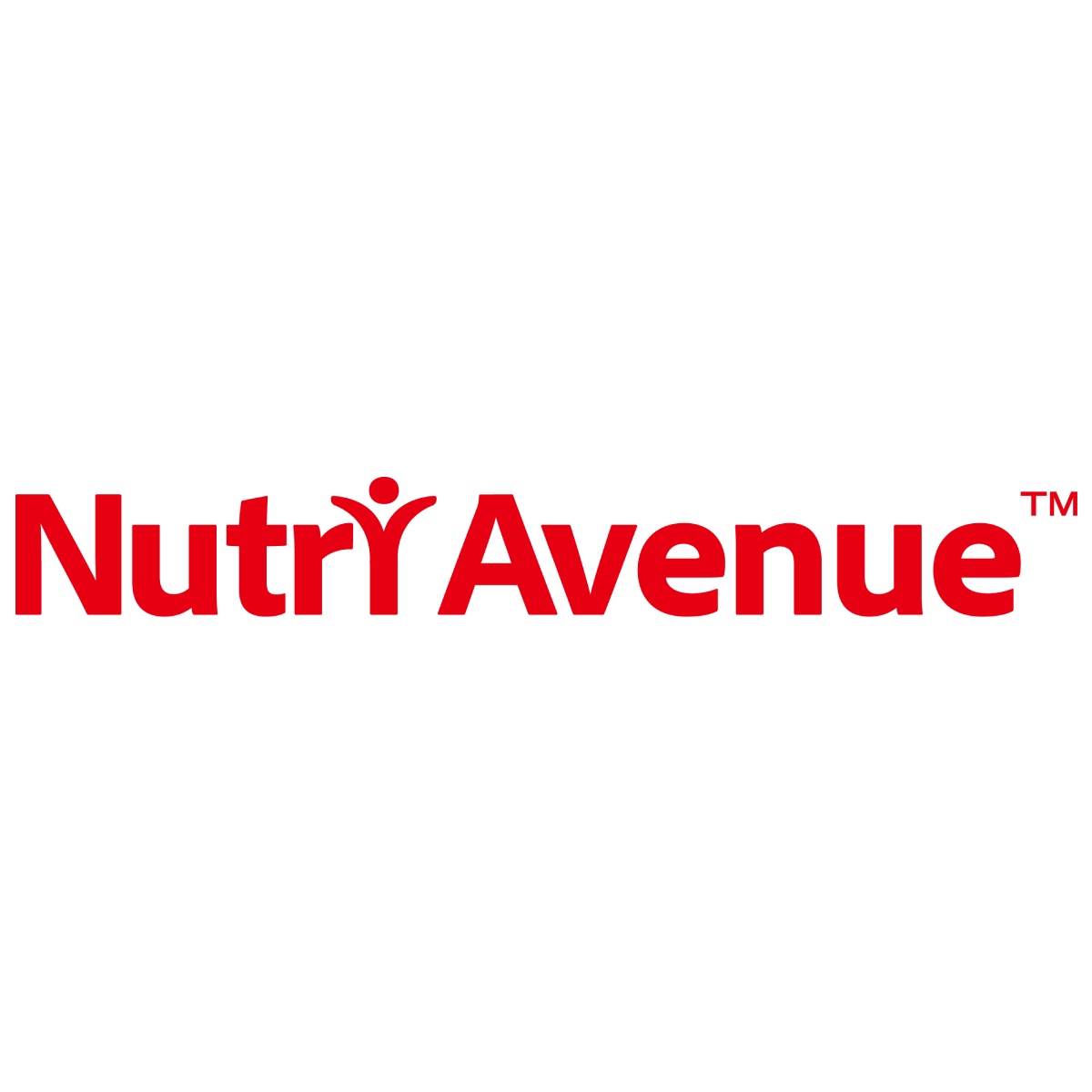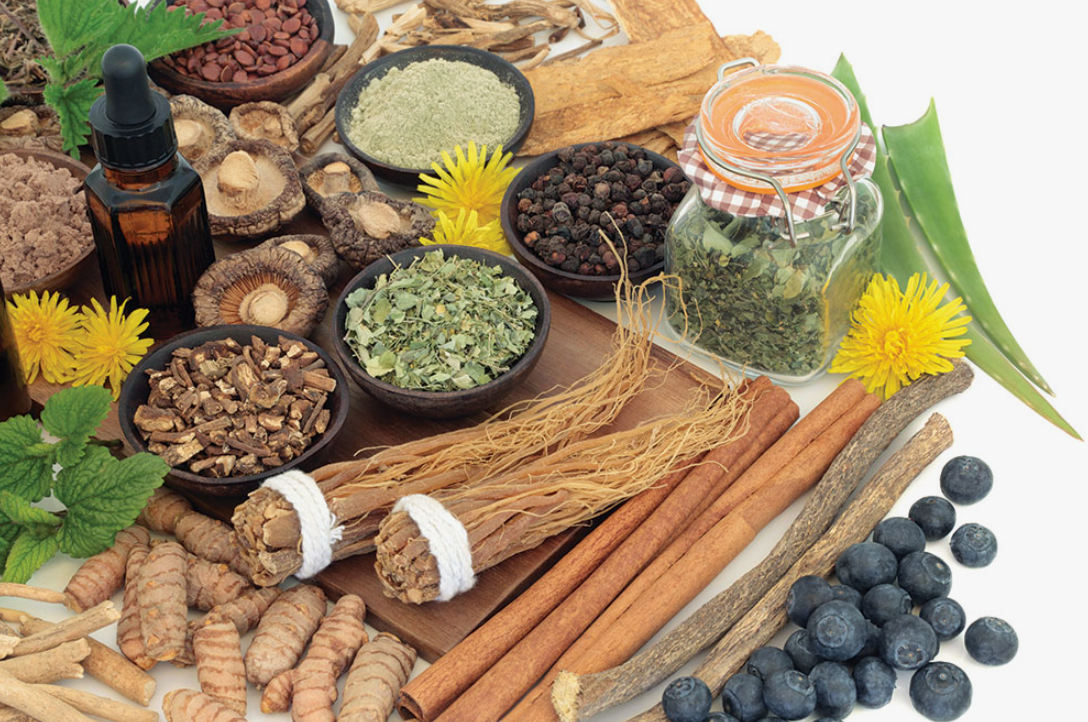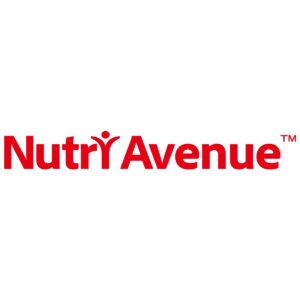The grape seed extract is a very common plant extract. But recently, the following questions have been raised:
Does Worth Dig Into The Value of Pomace?
Relevant data show that the world produces more than tens of millions of tons of pomace annually. A large amount of pomace not handled correctly and discarded can easily cause environmental pollution. In Canada, a startup company used patented fermentation technology to turn waste grape pomace into treasure and received $3.6 million in seed round financing in April this year. Kirk Moir, the company’s chief executive, once told the outside world: “The company’s long-term goal is to find a suitable destination for the 15 million tons of brewing by-products produced yearly on a global scale.” These wastes also have substantial nutritional value potential waiting dig.
How to Become A Superfood Raw Material?
1. New Technology Turns Waste into Treasure.
Currently, grape pomace is produced in large quantities but has a low recovery rate, and most of it is only used as fertilizer or disposed of directly as waste. In fact, grape pomace from grape skins to seeds is rich in active substances such as phenols, amino acids, etc. It is an excellent functional food raw material and a natural bitterness blocker, umami agent, and preservative.
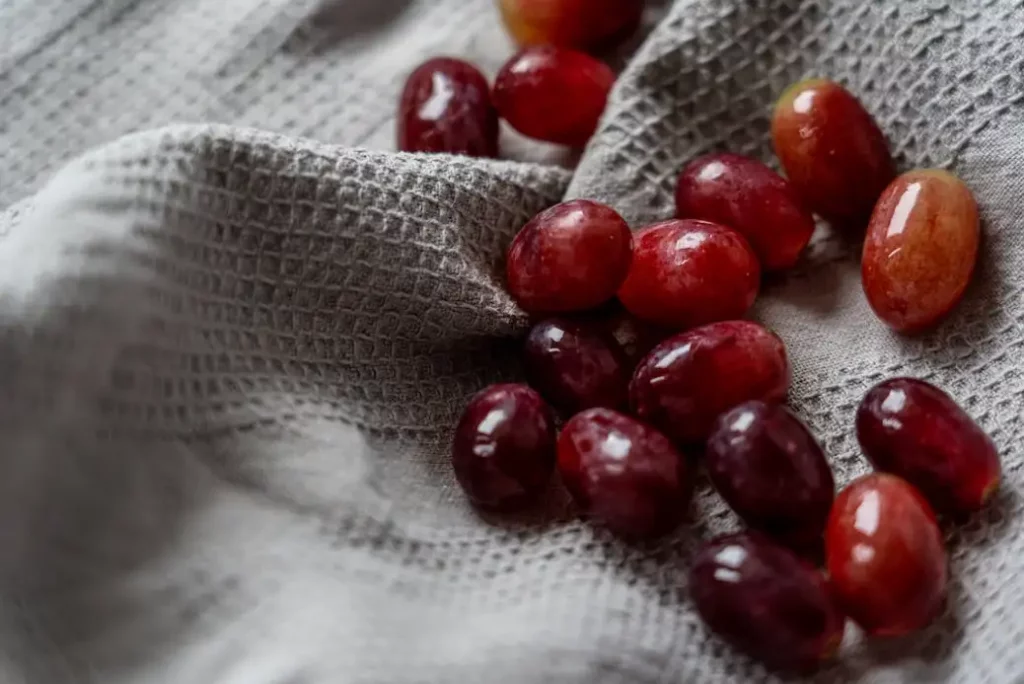
Grape seeds and skins contain a natural component, tannins, but their presence imparts a slightly bitter taste to red wines. Tannins are phenolics and proteins whose functionality has been studied and approved. In order to efficiently utilize grape pomace, the first step must remove the natural bitterness of the pomace. At the same time, polyphenols and proteins must be retained to enhance flavor, block offense, improve color and prolong shelf life, thereby helping to maintain human health. The companies mentioned above have already applied for a related patent extraction technology. It is reported that this process can also reduce production costs by 90%.
It is understood that the company has developed two products, ruby puree and gold puree, the difference between the two lies in the color of the ingredients and the variety of grapes. The former is compatible with darker-toned recipes such as beef analogs, sauces, and desserts. And the latter blends with lighter-colored recipes such as plant-based dairy substitutes and chicken analogs. Food manufacturers can use them to color and act as natural preservatives to preserve the umami flavor of food.
Because the polyphenols in the puree bind so well to pea protein, the company is currently working on a new project with Protein Industries Canada to improve the quality of some of the plant-based cheeses produced in the country, the company said. At the same time, this product is less expensive than other clean-label bitter blockers, umami agents, or preservatives available today.
Grape pomace mainly includes grape skin pomace accounting for 38%-52% of the residue and grape seeds, which contain a variety of rich organic substances, such as aromatic phenolic substances grape seed oil, and protein.
Among the grape pomace, grape seed oil has a higher utilization rate. Grape seeds are rich in oligomeric proanthocyanidins, OPC for short, which have potent antioxidant capacity. Cooking oil extracted from grape seeds is rich in n-6 unsaturated fatty acids, which help improve cardiovascular health. In view of these properties, a Canadian food company added grapeseed oil to cold-pressed salad dressing products, using its antioxidant power to preserve the product’s freshness and enhance the taste.
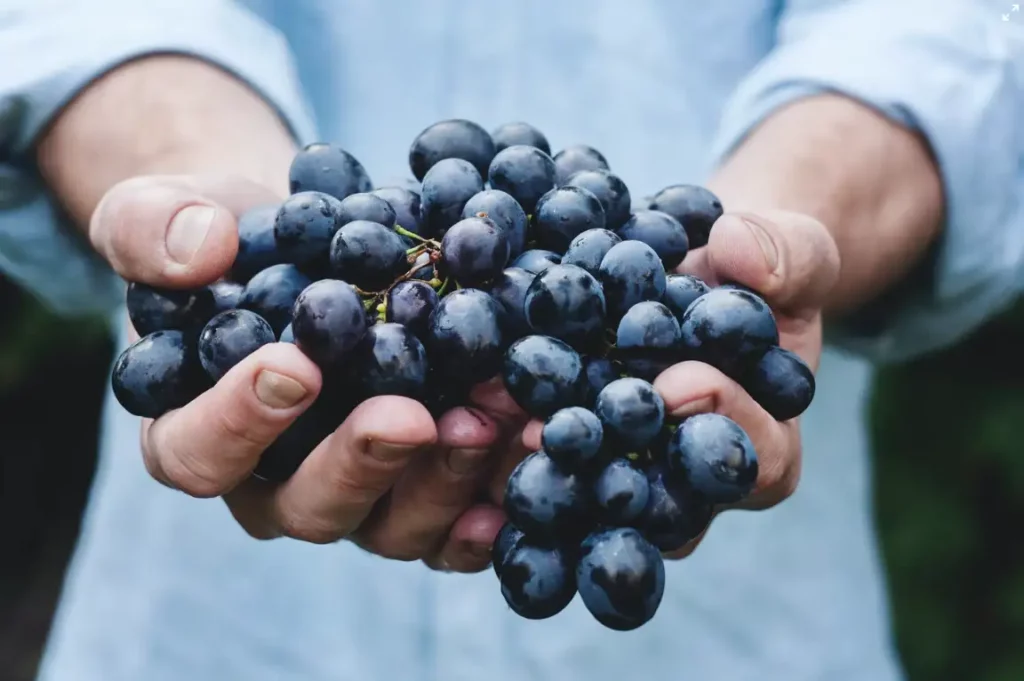
Not only is grape waste is “treasure”, but most fruit pomace is rich in bioactive substances, which can also be used as raw materials for healthy food and as antioxidants to prolong the shelf life of food. Because of its high cellulose content, some pomace is also used to make edible and degradable packaging materials. In November last year, a US startup launched a new series of plant-based meat made from cashew waste. Cashew pulp is rich in fat, fiber, minerals, protein, tannins, and vitamin C, enhancing physical fitness and reducing oxidative stress in middle-aged and elderly people.
Besides being a food raw material, pomace can also be a source of synthetic high value-added food ingredients. Last winter, researchers at the German Institute for Food Chemistry and Food Biotechnology used edible fungi in a by-product of blackcurrant juice to develop a naturally derived wild strawberry flavor.
Some fungi are good at converting plant material into pleasant-smelling compounds, including vanillin, raspberry ketone, and benzaldehyde. The edible brown rot fungus discovered this time releases fruity and floral aromas as it breaks down foods such as tea and carrot peels. Initially, the researchers used black currant pomace to grow brown rot fungi as the sole source of nutrients for the fungus to produce fruity and floral aromas. And then, when the research team added ammonium nitrate, sodium L-aspartate, etc., to the medium, the substance was added, the culture released a scent similar to wild strawberries one after another, which became a surprise.
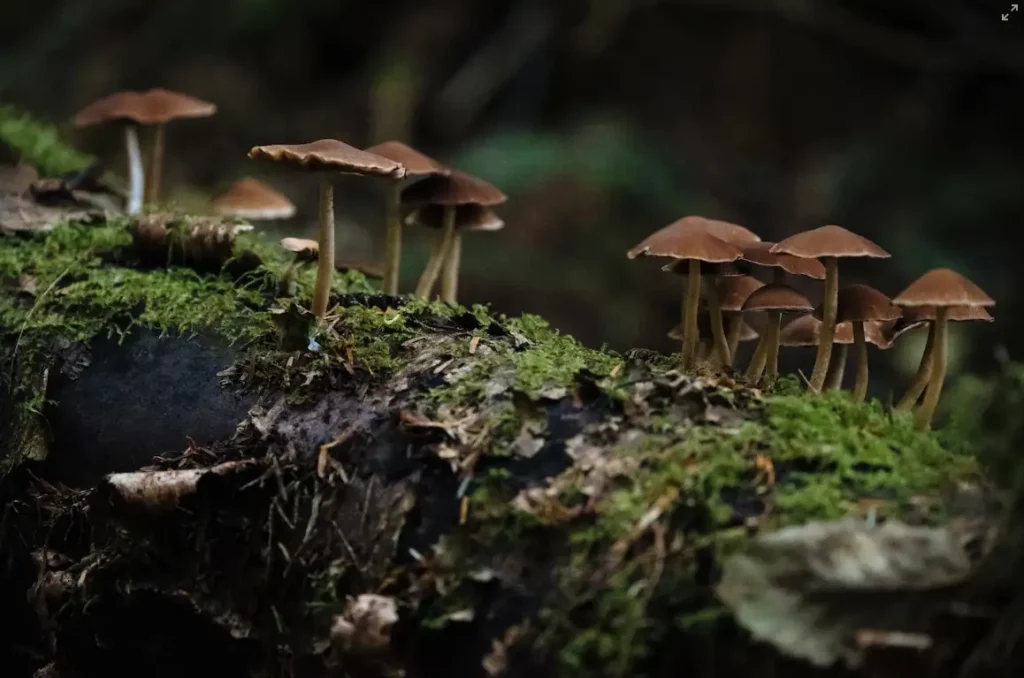
Consumers favor wild strawberries because of their intense aroma and unique sweetness. Once the industrialized preparation method of fantastic strawberry aroma can be stabilized, it will impact the market in this field.
In addition, making pomace into an environmentally friendly packaging material has also become the focus of development in the industry. Earlier this year, the Swiss Federal Laboratories for Materials Science and Technology (EMPA) and local retailers jointly developed an ecological nanofiber film coating for banana packaging. The layer is based on pomace left over from fruit, vegetable or plant juice extraction, processed into fibrillated cellulose and sprayed onto the product to avoid plastic components and ensure longer shelf life. As a result, consumers simply wash off the water before eating.
It is understood that the areas with more in-depth research on the comprehensive utilization of grape pomace are concentrated in major wine-producing countries, and the application fields of grape pomace cover food, medical treatment, chemical industry and feed. In China, limited by development technology and regulatory issues, grape pomace is mainly concentrated in relatively low-end utilization methods such as feed production.
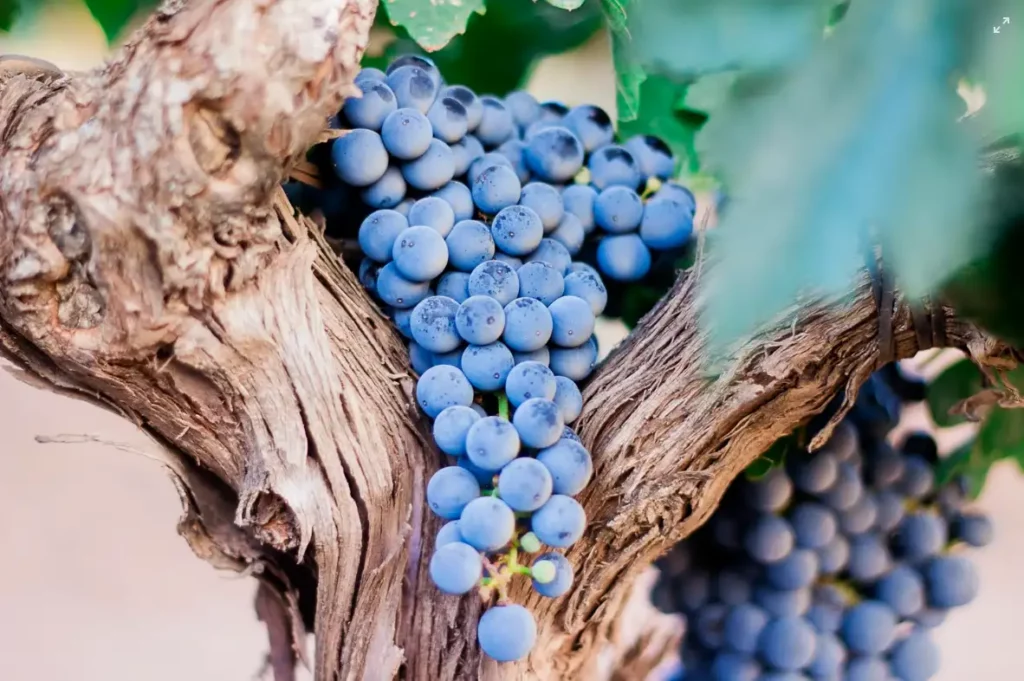
Nowadays, China is focusing on the efficient use of pomace. At the end of April this year, the Ministry of Science and Technology released the application guidelines for key special projects such as the national essential research and development plan “green bio-manufacturing”. The goal, research key technologies for green manufacturing of fully bio-based degradable packaging materials. Using renewable food industrial wastes such as pomace and bagasse as raw materials. Fermentable sugar can prepare through biological process technologies. These technologies include efficient pretreatment, engineering strain construction, intelligent fermentation, and precise product separation. It is also suitable for fermented lactic acid and synthetic polylactic acid, PLA for short. All ways aim to solve the current problems of the low comprehensive utilization rate of renewable agricultural and industrial waste. China focuses on three tasks green process bio-manufacturing and application demonstrations. They include vital technologies for carbon neutrality, green bio-manufacturing of healthy products, and critical technologies. And 13 directions are planned to be launched. An estimated budget of RMB 396 million is to be allocated from the state. Among them, focusing on the three technical directions of carbon neutrality key technologies 1.1, 1.2, and 1.4, it is planned to deploy a young scientist project in parallel. Each project is RMB 3 million, and the state budget is designed to be RMB 9 million.
Undoubtedly, in the process of “fruit and vegetable explosion”, functionalization, scene-based, cross-category form, modern preservation, and processing technology will all become new engines for the development of the industry.
Plant Extract: Garcinia Cambogia Extract
– One of the Most Popular Functional Food Raw Materials Abroad
Garcinia cambogia is a kind of tree of the dicotyledonous family Garcinia cambogia, also known as Malabar tamarind. The fruit is yellow and has the same name as the plant species. Garcinia cambogia fruits are almost the same size as oranges, and the outer surface is very similar to pumpkin, often with several longitudinal grooves. In southern India and Thailand, Garcinia cambogia has been cultivated for centuries. As a fruity herb in the moist, dense forests of low hillsides, native to South Asia.
Garcinia Cambogia Extract powder is noted for its anti-obesity effects. Humans began to study it decades ago, and its active ingredients and structure have gradually become apparent, and it has been used as a portion of diet food.
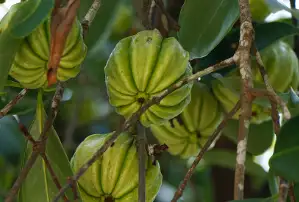
Today, obesity has become one of public health’s major nutritional problems and has reached epidemic proportions. According to the World Health Organization as people know WHO, more than 1.9 billion adults older than 18 years old were overweight worldwide in 2019, of which more than 650 million were obese.
Compared with people of average weight, obese people are more likely to develop some health problems, such as type 2 diabetes, dyslipidemia, non-alcoholic fatty liver disease, cardiovascular disease, and so on. For obese people, the risk of death because of these diseases increases by 50% to 150%. However, it is difficult for people to adhere to a low-calorie diet and exercise for a long time. Therefore, to maintain the original lifestyle, using nutritional supplements to lose weight has become the first choice for many people. These supplements work primarily through five basic mechanisms: stimulating thermogenesis, reducing lipogenesis, increasing lipolysis, suppressing appetite, and reducing lipid absorption. In these nutritional supplements, plant extracts are becoming more and more common. Garcinia cambogia extract is of typical example, and it is one of the popular weight loss ingredients in the United States and Japan.


